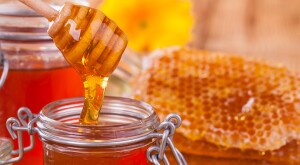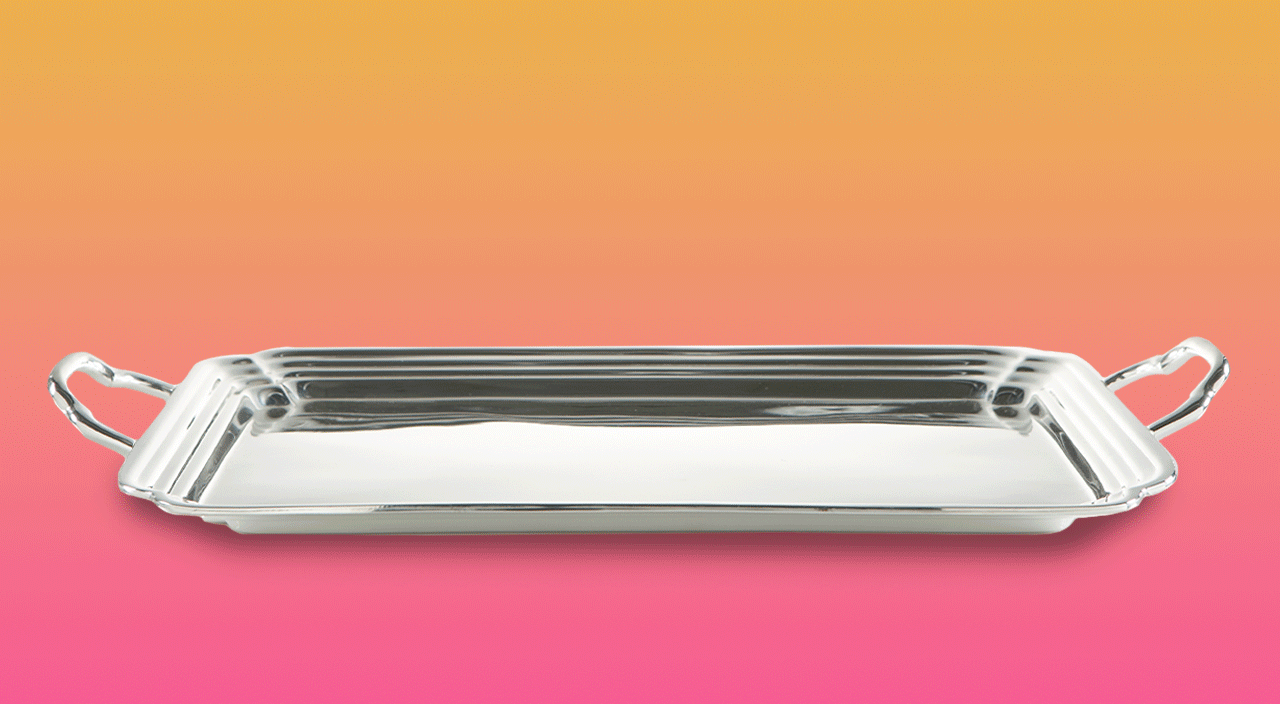At the start of 2020, author, nutritionist and vegan-lifestyle guru, Tracye McQuirter, declared an ambitious mission to inspire 10,000 Black women to go vegan. With the help of celebrity vegans like singer and dancer Mýa, McQuirter wants more Black women to achieve optimal health and believes plant-based nutrition can help them get there. And she’s not alone in spotlighting the healing potential of the produce aisle. In fact, a growing number of hospitals, such as Michigan’s Munson Medical Center, are piloting programs in which patients with chronic diseases are given prescriptions for fruit and vegetables, along with vouchers to buy them at the farmers market. Participants of this study reported improved health and greater motivation to continue plant-based eating.
Vegan eating vs. plant-based eating
Studies link plant-based eating to better health outcomes for patients with inflammatory diseases such as rheumatoid arthritis and mood disorders such as depression. It is also associated with reduced risks of chronic diseases, including heart disease, diabetes, cancer, obesity and chronic kidney disease. While both vegan and plant-based diets can yield positive results for your health, it’s important to understand the difference between the two.
Vegan eating refers to eliminating all animal products and by-products from your diet, including dairy, meat, poultry, fish, eggs, gelatin and honey. But just because a food is vegan, doesn’t mean it’s healthy. For instance, items like vegan cookies, potato chips and other vegan junk food, can be high in calories and low in nutrients confirms Piedmont Healthcare, located in greater Atlanta and North Georgia. (By the way, people who embrace veganism as a lifestyle seek to avoid eating and exploiting animals in all parts of their lives, the Vegan Society notes.)
A plant-based diet, however, emphasizes eating fresh, whole foods with little to no processing. Plant-based eating may or may not include animal consumption, but it focuses heavily on dense plant-based foods like vegetables, fruits, whole grains, nuts and seeds.
Here's what sisters who have made the switch are saying
Wanda Crawford, 56, a luxury travel consultant in Mitchellville, Maryland, says she has also benefited from plant-based eating. While Crawford is still a pescatarian, she switched to a plant-based diet after turning 50 and says she has seen improvements in her overall health. “Several years after transitioning to plant-based eating, my blood pressure has stabilized, I generally have more energy throughout the day and I noticed a change in the severity of premenopausal symptoms,” including fatigue and breast tenderness, she explains.
I’m also a believer. Three years ago, two years after giving birth, I still struggled with bodily inflammation, including migraine headaches. I had already been a lacto-vegetarian, meaning that I chose not to eat meat, poultry, seafood and eggs. And I had been consuming lots of vegetables and fruits through juicing and blended smoothies for nearly a decade.
However, during pregnancy and postpartum, I increased dairy consumption and turned to many processed, packaged foods. But after consulting a health care professional, I slowly phased in more whole foods and eliminated dairy from my diet. Over the course of the past three years of plant-based veganism, I have seen a drastic decrease of inflammation and swelling.
Tips for a successful switch
Transitioning to a plant-based or vegan lifestyle does not have to be a daunting task. And it doesn’t have to be an everyday thing.
Consider these tips.
Make changes slowly. If you’re transitioning to plant-based eating, slow and steady wins the race. “Start out with more of a veggie-curious lifestyle by simply making sure you are getting more nutrient-rich vegetables on your plate,” says Sunyatta Amen, a fifth-generation master herbalist (who was taught by her Cuban-Jamaican great grandmother) and the owner of Calabash Tea & Tonic in Washington, D.C. “If you look at your plate, at least two-thirds should be vegetables. Wherever you’re starting from, be sure to modify your lifestyle in phases.”
If that works, you can move toward only eating plant-based proteins, if you’d like. Or just do it sometimes. “I’ve recommended clients (and their families) to implement meatless days and work from there,” says Amen.
Invest in community-supported agriculture (CSA). CSA is an inexpensive way to get organic, farm-fresh vegetables and fruits. You can work with a local farmer, who offers a certain number of shares to the community and individuals can pick up a weekly box of fresh produce. If this option is not readily available, you can still get produce from your local grocery store, with some chains offering inexpensive options.
Get in the kitchen. One positive outcome during this pandemic is that many folks are cooking again. Healthy, plant-based eating also can encourage you to create culinary magic as you create dishes like chickpea coconut curry or raw vegan lasagna. If you’re not sure where to start, find plant-based recipes online or purchase subscription cooking boxes that include easy-to-follow plant-based and vegan recipes.
Don’t sacrifice flavor. Paprika, cayenne, garlic and onions. These are delicious, plant-based seasonings. “It’s the smoke and salt that makes it taste great, not the meat,” says Amen. “Many clients are hesitant about transitioning to plant-based because they believe they’ll have to sacrifice flavor. You can use liquid smoke and veggie sausage in collard greens,” she explains, noting you can still enjoy the foods you love. “It’s just a matter of what you replace it with.”

Trunk Archive













